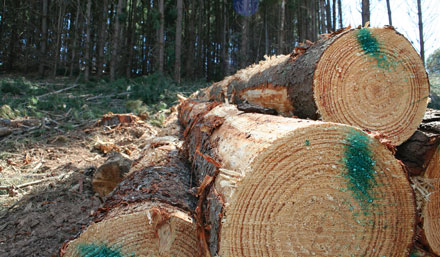
Logging is dangerous work. Everyone in the forest products industry knows that, but being in and around logging all the time, it is sometimes easy to not keep this front of mind. Source: Forest Resources (US)
While every job has its dangers, there is no question that logging is particularly dangerous; it entails being in remote areas, on varied terrain, felling trees that can be unpredictable and dangerous.
The federal Bureau of Labor Statistics (BLS)in the US keeps records on workplace fatalities, and they can help us understand the trends in safety and what is causing on-the-job fatalities. The information that follows is some of what we can learn from that data.
In 2016, logging had the highest fatality rate of any US occupation, with nearly 136 workplace fatalities per 100,000 full-time equivalent workers.
The good news is that since 1992, the rate of logging fatalities has seen a weak downward trend, though an increase since 2013 is troubling. There is much work to do, but the long-term trend is in the right direction (though individual years may show spikes in fatalities).
Digging a little deeper into the data, it’s possible to get a better sense of what is occurring in the woods. In 2016 (the last year data is currently available for), there were 109 fatalities in the country’s logging workforce.
Of these, 97 (89%) were from what statisticians at BLS term “fallers”. You and I would think of them as a logger using a chainsaw to fell trees.
Nine of these deaths were from “transportation” – basically deaths that occur in car accidents on the way to work or on the way home.
The rest were from what BLS refers to as “contact with objects and equipment”. With trees literally falling around a logger, it does not take much imagination to know what that means.
For mechanized loggers (which BLS calls “logging equipment operators”), the situation is much different.
Of the 12 fatalities in 2016, five occurred from “transportation”, and seven were from “contact with objects and equipment”.





